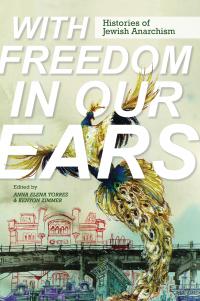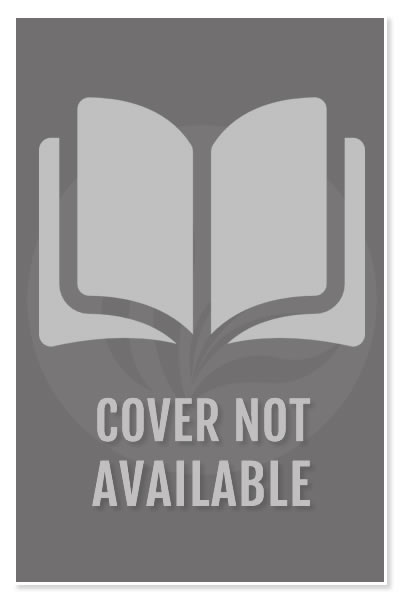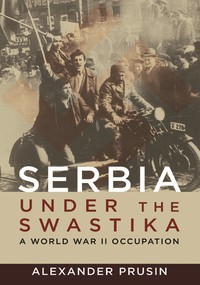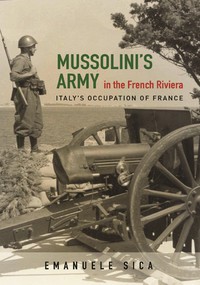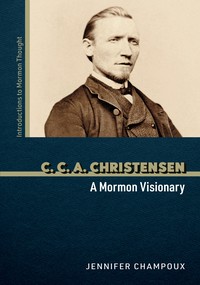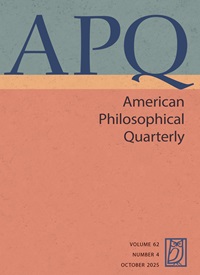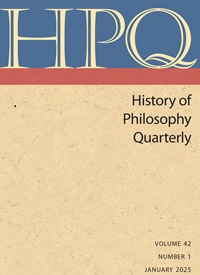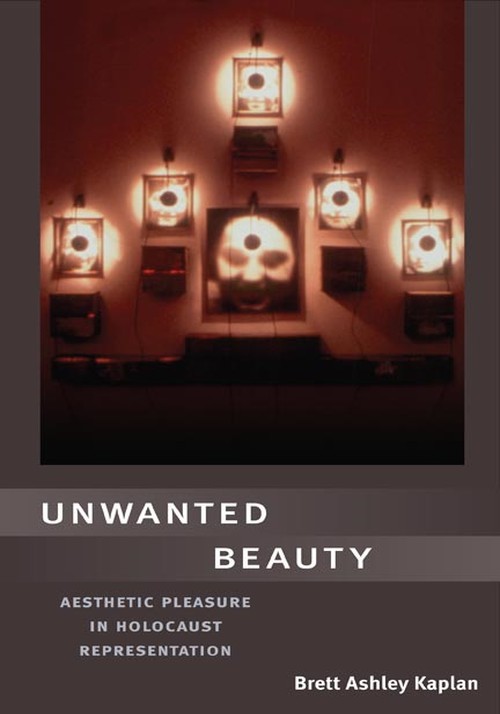
Unwanted Beauty
About the Book
Portrayals of the Holocaust in literature, paintings, and architecture have aroused many ethical debates. How can we admire, much less enjoy, art that deals with an event as horrific as the Holocaust? Does finding beauty in Holocaust representation amount to a betrayal of its victims?Brett Ashley Kaplan explores these difficult questions by analyzing a wide range of Holocaust representations. Approaching a wide range of works, Kaplan uses multiple perspectives to look at how art contributes to survival and how it functions within memory and history. Kaplan addresses the literary work of Paul Celan, Charlotte Delbo, Jorge Semprun, and Edmond Jabès; the visual art of Christian Boltanski and Anselm Kiefer; and the monuments and museums of Peter Eisenman, Jochen Gerz, Esther Shalev-Gerz, and James Ingo Freed. As she shows, the aesthetic pleasures in these complex and multivalent texts can transform memory in enlivening ways and open traumatic historical events to deeper understanding.
About the Author
Brett Ashley Kaplan is a professor of comparative and world literature and directs the Initiative in Holocaust, Genocide, and Memory Studies at the University of Illinois Urbana-Champaign. She is the author of Jewish Anxiety and the Novels of Philip Roth and coeditor of Critical Memory Studies: New Approaches, and author of the novel Rare Stuff. For more information on the author, go to: brettashleykaplan.comReviews
"Kaplan’s stance that the work of memory is enriched by aesthetic pleasure offers a fresh perspective in a field that conversely emphasizes how second-generation witnesses are drawn by the desire to feel the Holocaust’s horror in order to sustain its legacy. Her astute readings of the relation between memory, mourning, and witnessing the Holocaust also provide keen insights into the intersection between trauma and the aesthetic complexities of the artwork. Unwanted Beauty is a significant contribution not only for scholars of the Holocaust, but also for those interested in the interplay between aesthetics, witnessing, and historical violence."--Eric Kligerman,Women's Study Quarterly"This book is a gracefully written addition to the growing discourse on aesthetic anxiety in relation to the representation of atrocity and traumatic events such as war, genocide, famine, hurricanes, and other forms of natural disaster or man-made violence. . . . Kaplan's text tackles a large and ambitious subject that has broad and important implications today."--H-German
"Confronted with the enormity of the questions posed by the Holocaust it is inevitable that we experience the difficulty of understanding. . . . Kaplan confronts the inevitable difficulty of understanding and reminds us that should we ever cease trying, then indeed we would be lost."--Art and Christianity
Blurbs
"A provocative meditation on a fraught subject . . . essential reading for scholars and artists searching for the impossible line between what Susan Sontag has termed an 'easy delight' in the contemplation of atrocity, and the illuminating potential of the aesthetic. Kaplan goes beyond what Holocaust scholars have named the 'crisis of representation,' and beyond the prevalent demonization of beauty in art about the Holocaust, to show that an 'unwanted' or disturbing beauty can ward off forgetting and that pleasure need not preclude understanding." --Marianne Hirsch, Columbia University
"Plumbs more profoundly, more insightfully than any single work I know, the questions of aesthetics that have simultaneously frustrated and shaped our study of Holocaust art and literature. Informed deeply by age-old philosophical debates of mimetic pleasure, Kaplan also brings a fresh and keen eye to contemporary art and literature. Gracefully and lucidly written in its own right, her argument for more representation and beauty, not less, pushes the entire conversation to a higher, more challenging level still. I recommend it wholeheartedly." --James E. Young, author of The Texture of Memory
"Addresses head-on the vexing problem of how to represent historical trauma in art. Kaplan's five lucidly written chapters on canonical Holocaust writers, artists, and key debates about Holocaust representation are provocative and meticulously executed." --Ulrich Baer, author of Spectral Evidence: The Photography of Trauma

